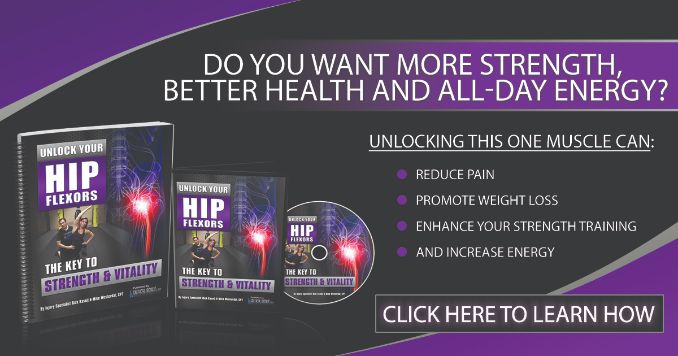1. Sitting Position/Length
Let’s face it, we don’t always have the best posture in standing or sitting positions. Sitting forward or crossing your legs puts greater stress on the hip joints and increases your risk for hip pain.
Incorrect Positions:
A. Sitting Forward:
This position shortens the muscles in the hips and puts greater stress on the hip joints.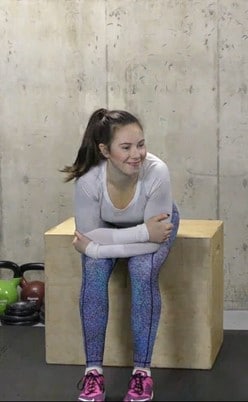
B. Crossing The Leg Over:
Shifting your weight from one side to the other will change your ideal position and negatively affects your hips.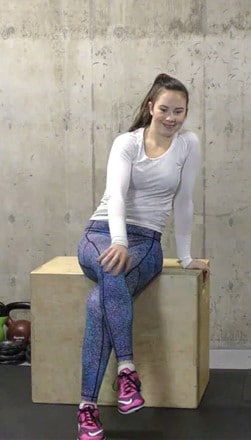
Correct Position:
Sit upright with your head, shoulders, and hips in alignment, distributing your weight evenly across your seat. Try to stand often, ideally every 45 minutes.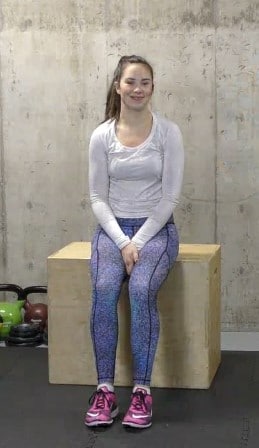
2. Sleeping Position
Incorrect Positions:
Sleeping on your stomach with one knee up or lying on your side in a fetal position will both shorten the muscles in the hips. These incorrect sleeping positions will also lead to greater stress and tightness on the hips, increasing your risk for hip pain.
Correct Positions:
Sleep on your back or lie on your side. Straighten your legs and place a pillow between your legs. The pillow will prevent your top leg from falling and allows your hips to be in alignment. These will help you to avoid some mistakes from hip pain.
3. Posture
Incorrect Positions:
Begin, standing on one leg and shifting your hip out to one side puts greater stress on the hips by moving away from ideal alignment.
Standing on One Leg: 
Standing Like a Flamingo: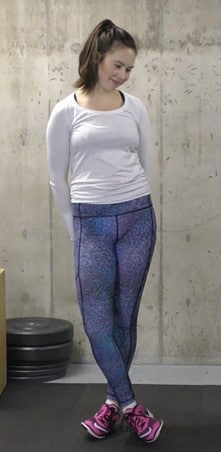
Correct Position:
Stand upright, maintaining good alignment with your head, shoulders, hips, and legs. This position balances your body weight and doesn’t overstress your hips.
4. Not Warming Up
Doing a cardiovascular warm-up or some dynamic stretching will prepare your hips for exercise. If you are sitting for a long period of time, then go to work out, you need to properly transition your body so that you are prepared to exercise safely. Try walking on the treadmill using a bigger stride so that you dynamically stretch your pelvic area and your hips. Think of this as a moving lunge, but not as deep. This is a great stretch for the hips.
5. Diet
Many people suffer from stiff or painful hip joints. This can be attributed to arthritis syndrome or bursitis in the joints. These two conditions are greatly affected by diet. A great example is a hydration.
The hip joints are very large and when you are dehydrated, those joints won’t work properly. If you eat lots of processed foods, this will also harm the hips. But if you have a sensitivity to soy, milk, or alcohol, this will also impact your joint health.
If you excessively drink alcohol, this can also negatively affect your hip pain.
Discover the power of unlocking your hip flexors today. Say goodbye to stiffness and discomfort because of mistakes for hip pain, and hello to freedom of movement. Take the first step towards a healthier, happier you. Embrace the journey of unlocking your hip flexors now!


